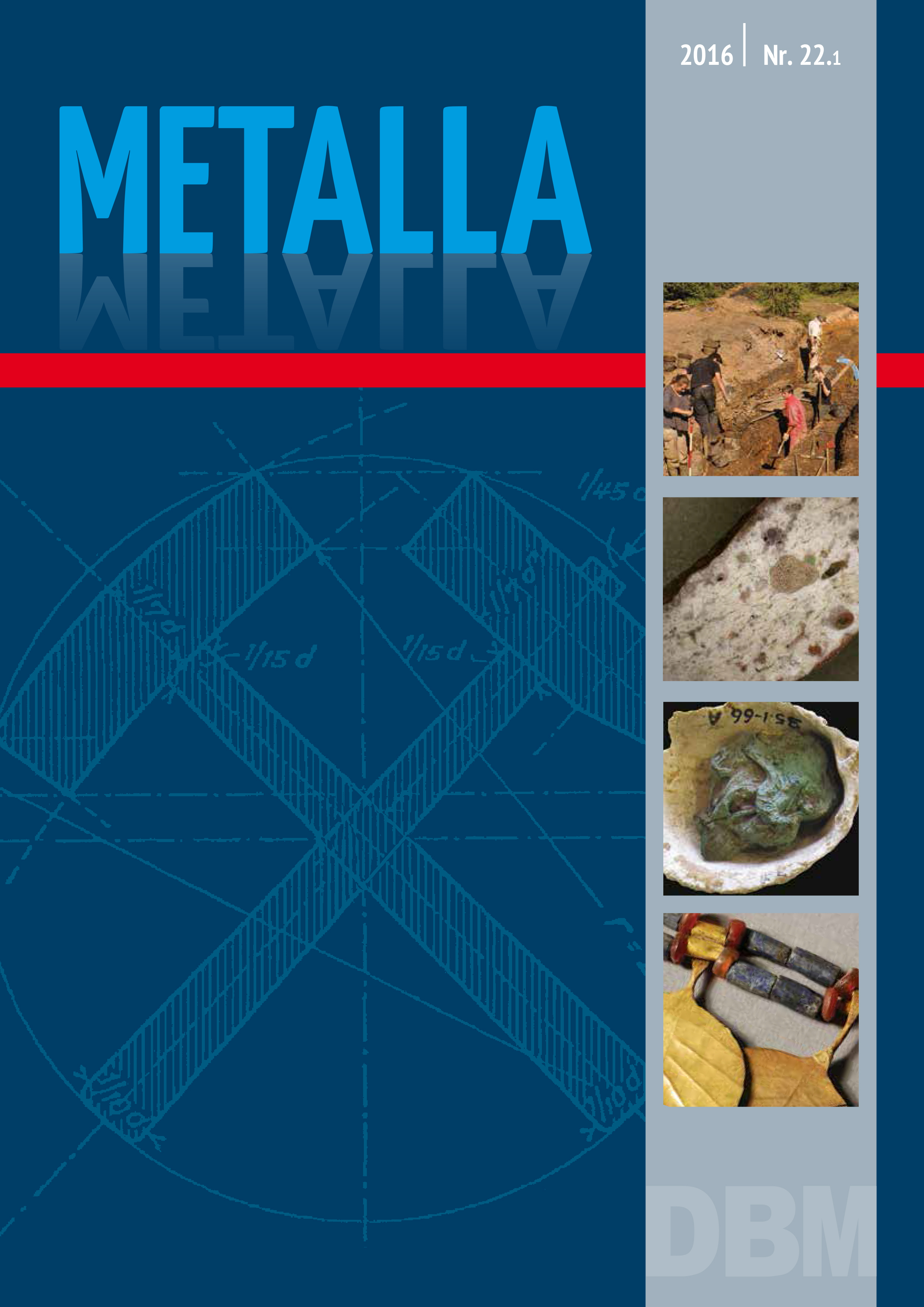Technologies of Jewelry at Ur: the Physics & Metaphysics of Skilled Crafting
DOI:
https://doi.org/10.46586/metalla.v22.2016.i1.107-112Keywords:
Ur, Mesopotamia, Pu-abi’s jewelry, craftsmanship, GoldAbstract
In this brief examination of Pu-abi’s jewelry, several technical aspects must reiterated and stressed because they have as much conceptual as technological significance. The goldsmith must have been an expert at his or her craft. As one has seen, the amount of hammering required considerable knowledge of the mechanics of the metal and a feel for knowing where to begin and how to hammer the gold. The primary components of hammering are thus feel and time – technical elements that are not evident in the final result but requiring as much, if not more, expertise as fanciful decorative techniques. In other words, the expertise involved in hammering is largely hidden but far from insignificant. Of particular interest is the design decision to favor flat sheet over ornamental details, which produced surfaces that actively enhanced the sheen of the gold being used. On a more theoretical level, this approach created in technique the semantic equivalent to the sumerian word for “shine” that formed part of the Sumerian term for “gold”. Furthermore, the Sumerian sign indicating “shine” could also signify “holy” or “sacred,” so the two concepts were often equated.
Downloads
Published
Issue
Section
License
Copyright (c) 2016 Kim Benzel

This work is licensed under a Creative Commons Attribution 4.0 International License.



